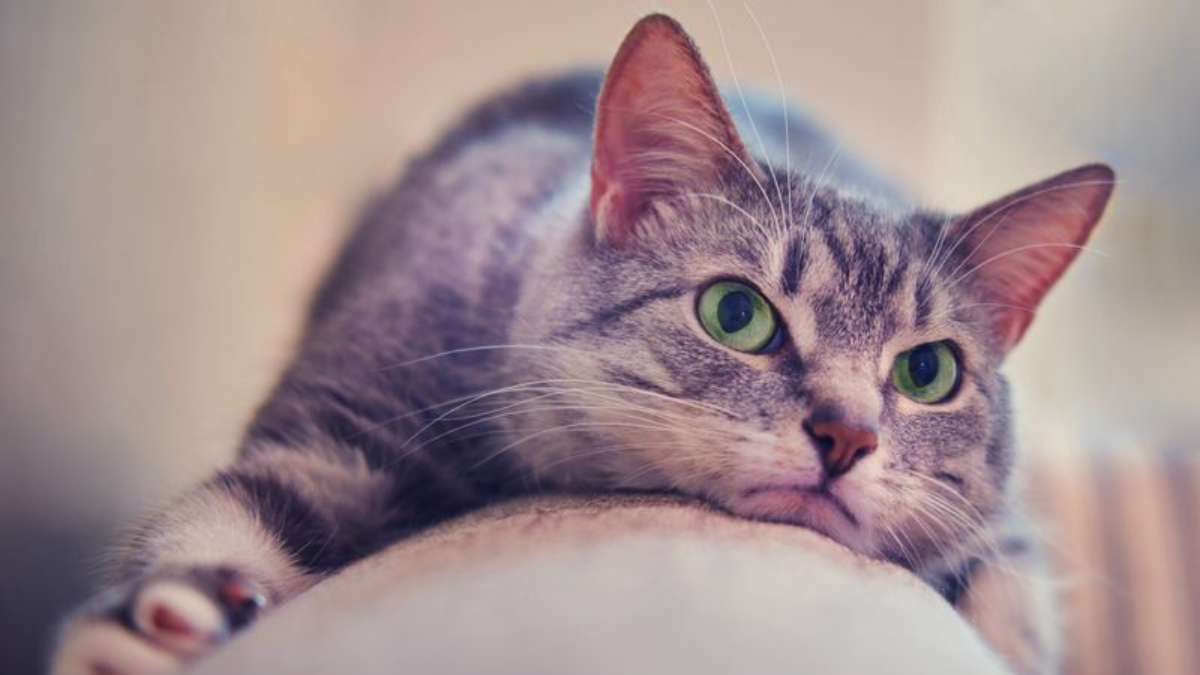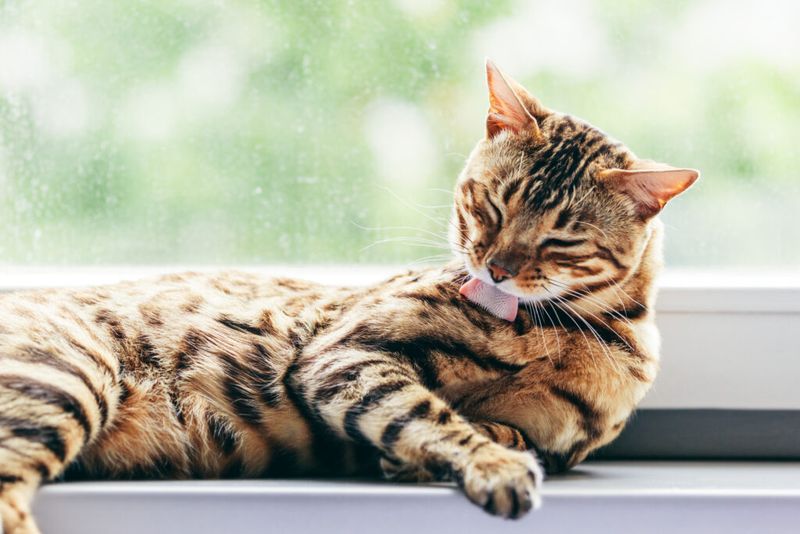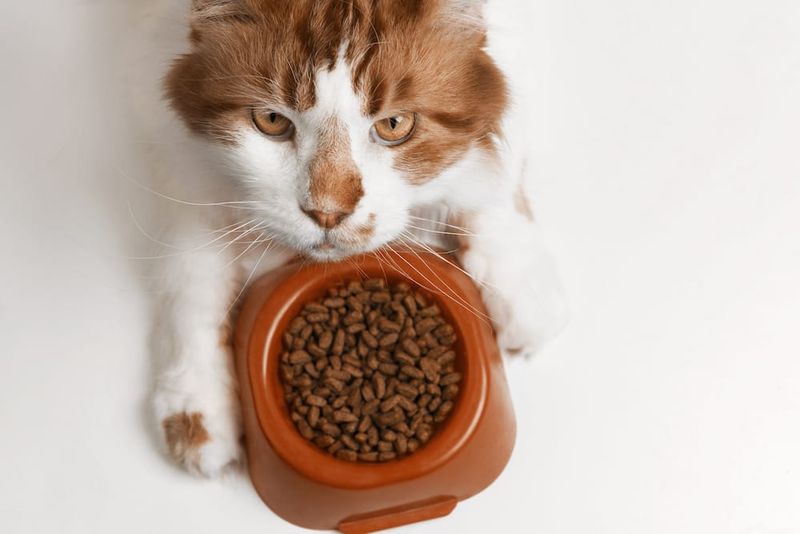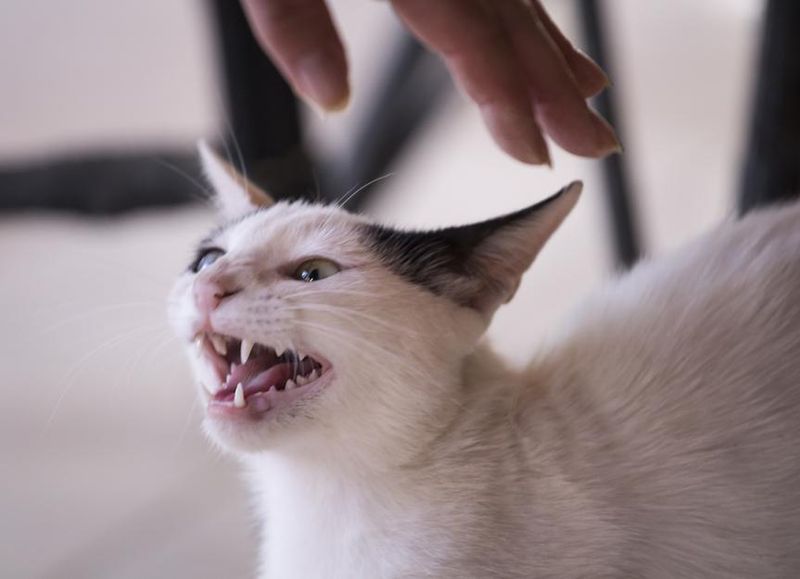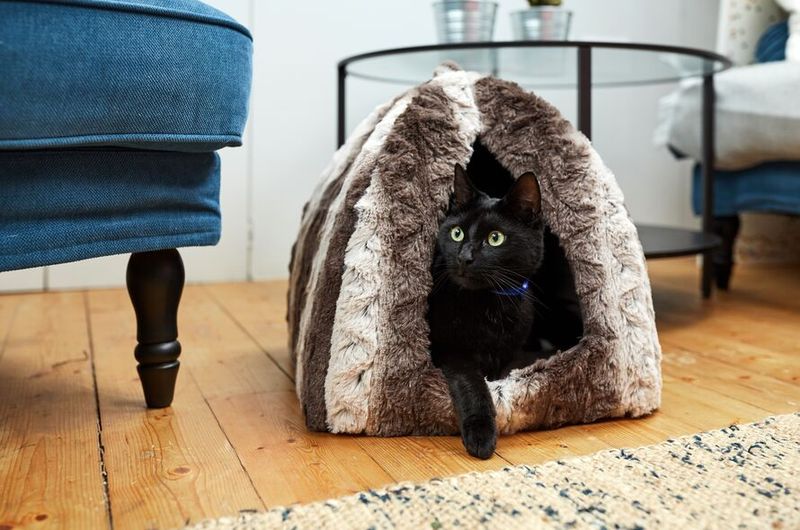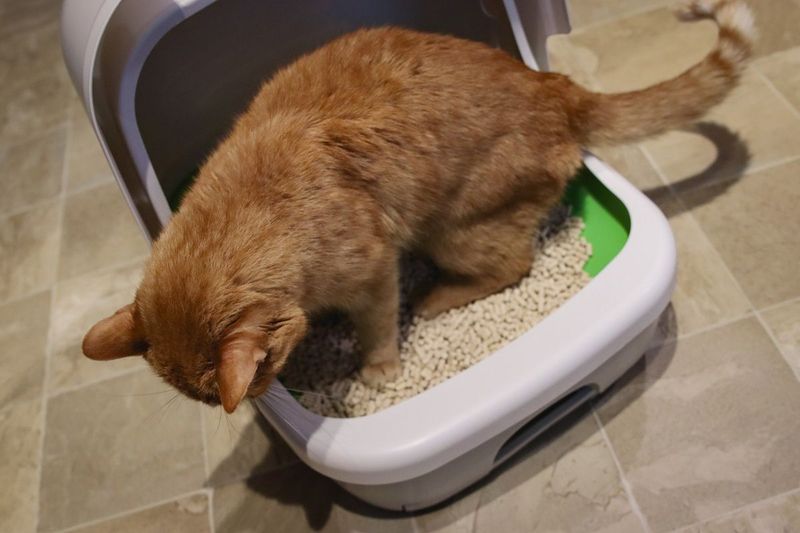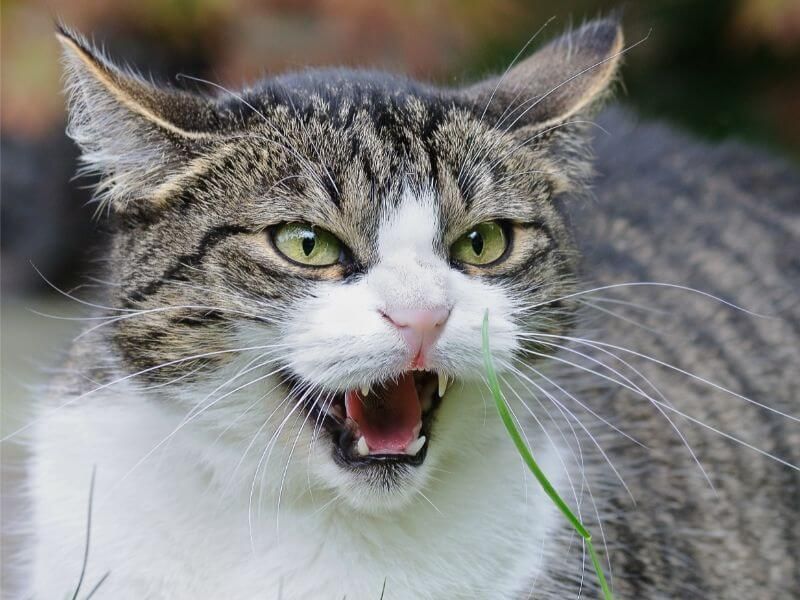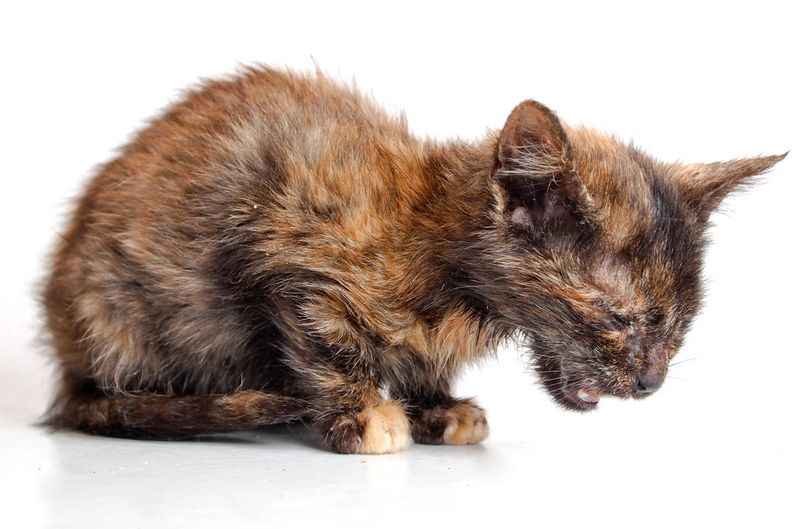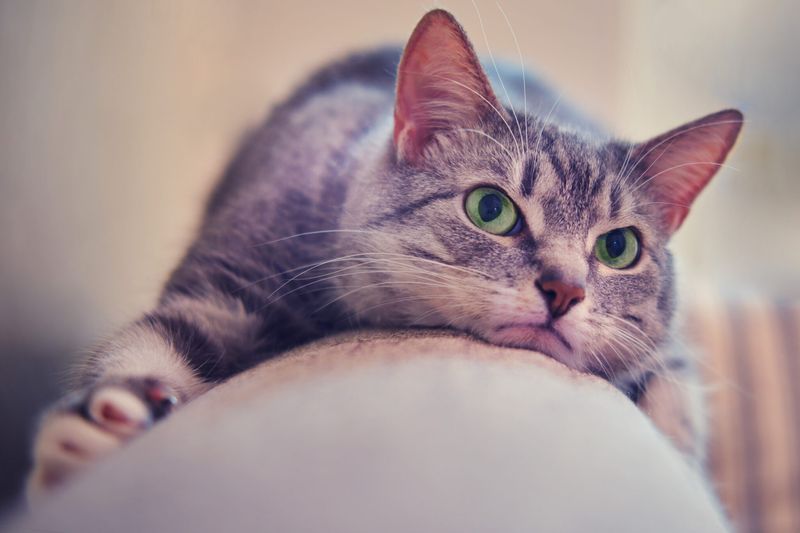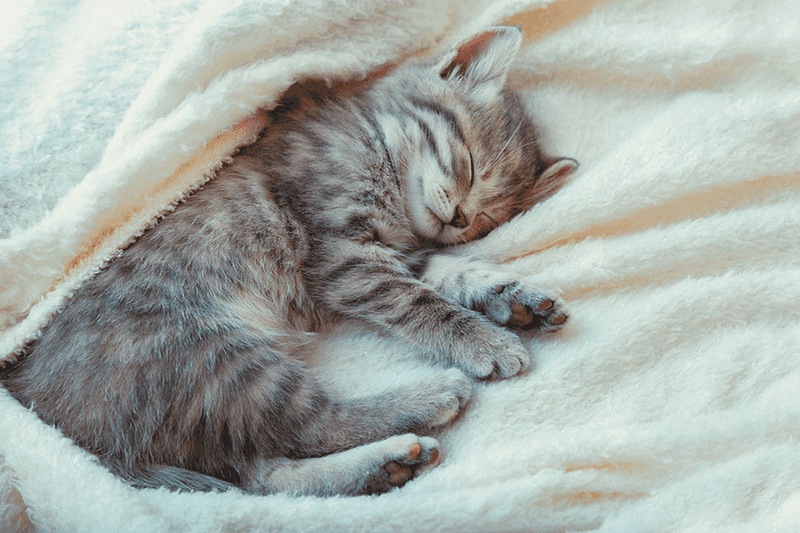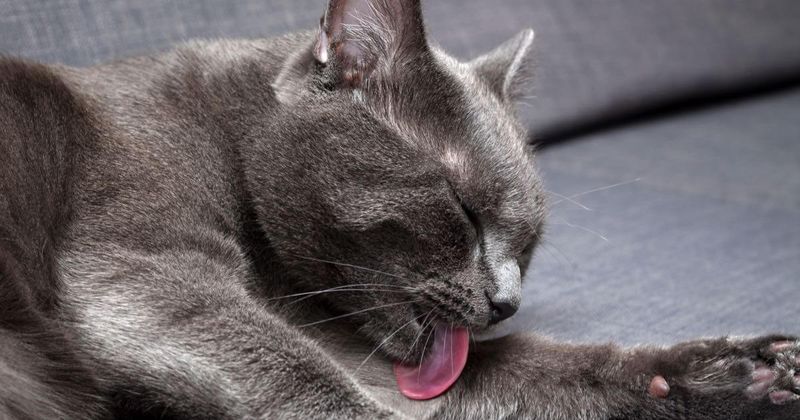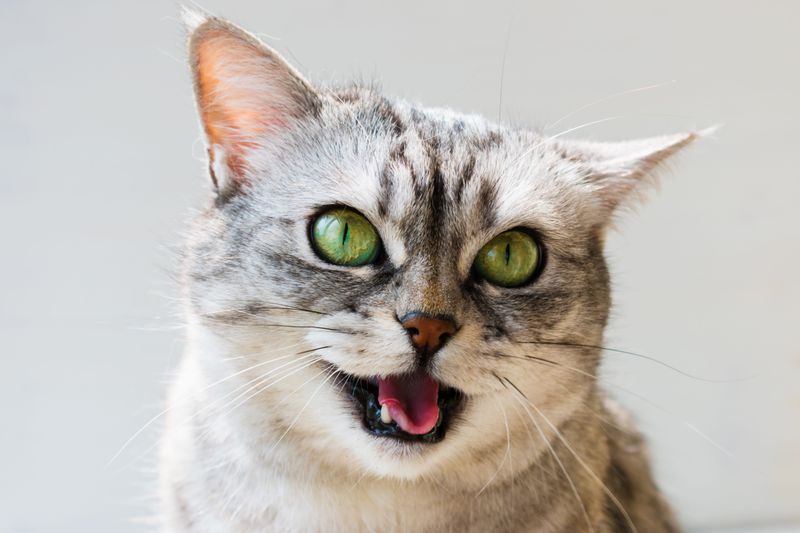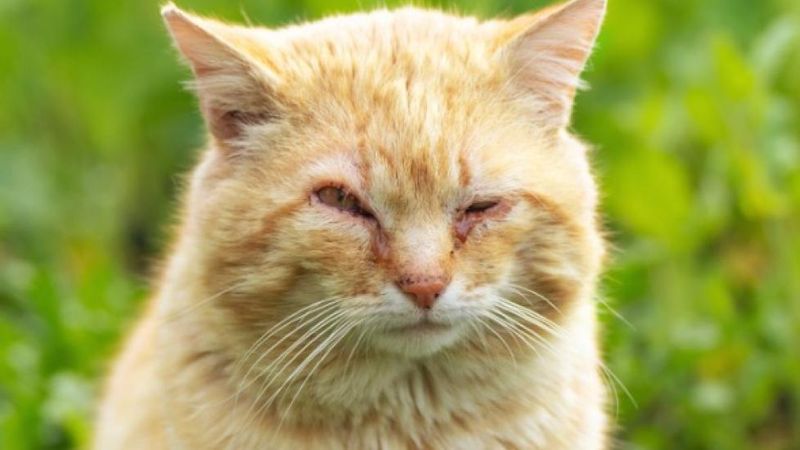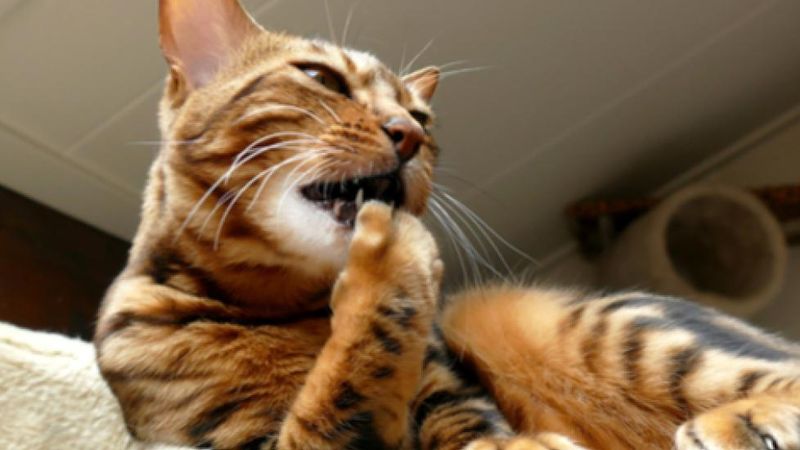📖 Table of Content:
- 1. Changes in Grooming Habits
- 2. Altered Appetite
- 3. Unusual Aggression
- 4. Hiding More Often
- 5. Changes in Litter Box Habits
- 6. Vocalizing More Than Usual
- 7. Changes in Body Posture
- 8. Reluctance to Move
- 9. Increased Sleeping
- 10. Over-Grooming or Hair Loss
- 11. Altered Breathing Patterns
- 12. Eye Changes
- 13. Scratching or Biting Themselves
Cats have a remarkable ability to hide their discomfort, often leaving their owners unaware of any pain. Their independent nature and stoic demeanor can make it difficult to identify when something is wrong. Recognizing the subtle signs of distress is key to providing them with the care they need.
As observant companions, cats rely on body language and behavior to communicate their feelings. Since they tend to mask their discomfort, it’s important to pay attention to even the smallest changes in their actions. Being aware of these signs can help prevent more serious issues from going unnoticed.
Understanding when a cat is in pain involves looking beyond the obvious symptoms. Often, they may not show outward signs of distress, but there are subtle cues that reveal their suffering. These 13 overlooked signals can help ensure your cat remains happy and healthy, even when they aren’t able to tell you directly.
1. Changes in Grooming Habits
Known for their fastidious grooming habits, cats usually keep their fur in pristine condition. A noticeable change in their grooming behavior could be a red flag. Pain or discomfort may prevent them from grooming properly, or they might concentrate on one spot too much, causing bald patches or irritated skin.
Such changes shouldn’t be ignored. Observing these subtle shifts in grooming can provide insights into your cat’s health, prompting a more thorough investigation or a visit to your vet for a professional assessment.
2. Altered Appetite
When a cat suddenly loses interest in its favorite meals, it raises a red flag. Pain can reduce a cat’s appetite, leading them to eat less or show disinterest in food altogether. This can result from oral pain, digestive issues, or general discomfort affecting their daily routine.
On the flip side, some cats might eat more as a comfort mechanism. Keeping a keen eye on your cat’s eating habits is essential. Noticing consistent changes should lead to consulting a vet, ensuring your pet’s nutritional needs are met while addressing any underlying health concerns.
3. Unusual Aggression
Every cat has its personality quirks, but a sudden shift towards aggression can indicate pain. A once gentle feline lashing out, hissing, or scratching might be communicating discomfort. Pain can make cats more irritable, as they’re less tolerant of being touched or handled.
Understanding these behavioral changes can guide pet owners to provide a safer and more comfortable environment for their cat. A sudden aggressive turn warrants a closer look or a vet visit, as it often signals an internal issue demanding attention.
4. Hiding More Often
Curiosity is a defining trait of cats, yet excessive hiding can be a warning sign. When in discomfort or pain, they instinctively seek out dark, quiet places where they can feel safe. This tendency to retreat is a survival mechanism, helping them avoid perceived threats during moments of weakness.
It’s essential to notice if your cat is spending more time tucked away than usual. Monitoring these habits aids in catching potential health issues early, encouraging timely intervention.
5. Changes in Litter Box Habits
Litter box habits are essential indicators of a cat’s well-being. If your cat starts avoiding the litter box, it might be due to pain. Conditions like arthritis can make climbing into a box challenging. Alternatively, urinary issues can cause frequent or painful urination outside the box.
Regularly cleaning and monitoring the litter box will help identify changes in your cat’s elimination patterns. Addressing these signs promptly with a vet can prevent more severe health problems and ensure your feline feels comfortable and secure in their home environment.
6. Vocalizing More Than Usual
While some cats are naturally chatty, a sudden increase in vocalization can be a plea for help. Cats in pain may meow, yowl, or growl more frequently, trying to express their discomfort. This vocal shift is often accompanied by other signs of distress, like restlessness or changes in body language.
Pet owners should pay attention to these auditory cues, especially if the vocalizations seem out of character. Consulting a vet to explore potential causes is advisable, ensuring any pain your pet experiences is addressed promptly.
7. Changes in Body Posture
Body language is a window into a cat’s health, offering subtle clues about their wellbeing. A cat in pain may sit with a hunched back, indicating discomfort or tension. This posture change could be due to abdominal or joint pain, making them appear less relaxed than usual.
Watching for stiffness or an altered gait when they walk or jump can provide additional insights. These physical changes are signals to pet owners that their feline might need a vet’s attention to diagnose and treat any underlying conditions affecting their posture.
8. Reluctance to Move
Agility is one of a cat’s strongest traits, but when they begin to hesitate with movements like jumping or climbing, pain could be the cause. A sudden reluctance to move may indicate joint issues or other painful conditions.
This change in activity level shouldn’t be overlooked, as it may indicate a need for medical evaluation. Encouraging gentle play and providing accessible spaces can help, but a vet visit is crucial to determine the underlying cause and ensure your pet’s comfort and mobility.
9. Increased Sleeping
More sleep than usual could indicate that your cat is experiencing discomfort. By resting longer, your cat may be trying to avoid activities that increase their pain. It’s their natural coping mechanism to handle discomfort.
Monitoring their sleeping patterns helps in detecting potential health issues early. If you notice a significant increase in sleep, consider consulting your vet to rule out conditions that might be silently affecting your cat’s health.
10. Over-Grooming or Hair Loss
Over-grooming is an abnormal behavior in cats and is often linked to physical discomfort. If a cat constantly licks or bites one area, it could indicate pain, itching, or even anxiety. This can lead to bald spots and irritated skin, both of which need to be addressed quickly.
Understanding the root cause of over-grooming is essential. Whether it’s a response to pain, anxiety, or an underlying skin issue, consulting with a vet can help identify the problem and provide solutions for your cat’s comfort and health.
11. Altered Breathing Patterns
Breathing changes in cats can be subtle yet significant. If your cat appears to breathe rapidly or with an open mouth, it may be experiencing pain or respiratory distress. These altered patterns can arise from chest pain, respiratory issues, or stress.
Pet owners must be vigilant in observing these changes, as prompt action can be crucial. A vet’s evaluation is essential to determine the cause and provide appropriate care, ensuring your cat’s health and comfort are prioritized.
12. Eye Changes
Pay close attention to your cat’s eyes, as they often show signs of distress. Squinting, watery eyes, or redness can be signs of discomfort. Changes in pupil size or light sensitivity may also indicate a deeper health concern.
Observing your cat’s eyes closely helps in detecting problems early. Ensuring they receive veterinary care for any changes ensures their vision and general health are protected, keeping them comfortable and pain-free.
13. Scratching or Biting Themselves
When cats scratch or bite themselves more than usual, it could signal underlying pain or irritation. This behavior might be due to skin conditions, allergies, or even stress-related pain. Persistent scratching can lead to wounds or hair loss, further complicating their health.
Pet owners should monitor this behavior and consider environmental factors or recent changes that could contribute. Consulting with a vet helps in diagnosing the root cause, allowing for appropriate treatment to relieve discomfort and improve your cat’s quality of life.
